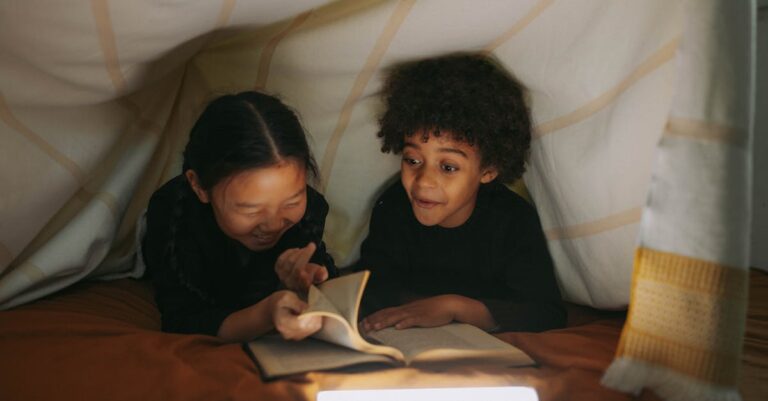
The rain in Havenwood tasted like ash and regret. It clung to the slate roofs, slicked the cobblestones into a bruised purple sheen, and smelled like damp wool and forgotten promises. I’d been tracking this for weeks—not a crime, exactly, but an entanglement. My days were spent staring at the ‘Dream Weaver’ – a clunky, custom-built interface that promised to map neurological shifts through the architecture of my dreams. It was supposed to help me understand neuroplasticity, how my brain rearranged itself in response to experience. Instead, it was dredging up a mess of anxieties I hadn’t realized were this deep, this persistent.
The initial setup was simple: a digital diary of my dreams, linked to an EEG that monitored brainwave activity. I’d hoped for granular data – a visual representation of the neural pathways firing during sleep, revealing patterns of adaptation. What I got was something far stranger. The Dream Weaver wasn’t just recording my dream data; it was *refining* it, building layers of digital overlays onto my waking life.
The first few nights were a blur of faces – fractured, fleeting figures that dissolved before I could grasp their meaning. Then came the maps. Not of cities or landscapes, but of emotional voids—vast, echoing spaces overlaid onto my daily routine. I’d be walking down Maple Street and a section of the street would vanish, replaced by an infinite black field. The rain would intensify tenfold when I entered the bakery – a single, saturated square of grey where warm bread and cinnamon rolls should have been.
I started researching historical art workshops in Havenwood, desperate for a context, a grounding point. They were tucked away like forgotten wounds – the old Anderson studio where Silas Blackwood, a reclusive landscape painter who vanished in 1897, worked. Then the Peterson workshop, where a young Clara Finch—a forgotten beauty and daughter of a bookbinder – practiced intricate illuminated manuscripts before her untimely death at seventeen.
The scent became the key. It began with the heavy, earthy smell of old leather bindings from Mr. Abernathy’s Antiquarian Books – a place that smelled of dust, decay, and the ghosts of countless stories. Then it intensified during my visits to the apple orchard on the edge of town, where Mrs. Henderson harvested her prize-winning ‘Harvest Gold’ apples. The aroma was intoxicating, a sharp sweetness laced with something else…something ancient and familiar.
I started seeing the characters from my dreams coalescing – not as faces, but as impressions, swirling patterns of light and shadow projected onto the corners of my vision. They echoed the fragmented text lines I found embedded in Blackwood’s journals and Finch’s illuminated manuscripts. Lines of repeated phrases: “The Unfinished Chord,” “Echoes in the Binding,” “Where the Light Fades.”
One evening, driven by a persistent pull—a yearning I couldn’t name—I found myself outside the Peterson workshop, now a boarded-up ruin. The rain hammered against the warped wood, and I noticed something unusual: a single, perfectly formed apple resting on one of the planks. It was ‘Harvest Gold,’ radiating a warmth that seemed to defy the gloom.
As I reached for it, a figure emerged from the shadows – not solid, but shimmering like heat haze. It resembled a man, tall and lean, with eyes the color of burnished copper. He wasn’t speaking, but I understood his presence. He held a book—a massive tome bound in dark hide, the pages filled with intricate diagrams and symbols.
“This archive,” he said, his voice a low resonance that seemed to vibrate through the rain and the stone, “is built on the resonance of emotional voids. Each map is a fragment of a lost connection—a reflection of an unacknowledged grief.”
He presented me with a single page from the book, depicting a complex series of interlocking circles. Within each circle was a small illustration—a single apple, perfectly rendered in detail.
“Blackwood and Finch,” he continued, “they both sought to capture something beyond the tangible. They understood that grief wasn’t a thing to be avoided, but an essential element in the creative process. Their maps…they are not projections of loss, but invitations to remember.”
The rain intensified, blurring the edges of my vision. I looked down at the book, and realized that the ‘Harvest Gold’ apples in the illustrations weren’t just objects; they represented a space—an emptiness that needed to be filled.
“The workshop,” I realized, “it wasn’t about creating beautiful things. It was about holding space for the absence.”
Suddenly, I understood. The Dream Weaver wasn’t just showing me my anxieties; it was pulling me into a conversation with the past. Blackwood and Finch weren’t ghosts; they were echoes, resonating through a network of emotional voids—connecting me to a cycle of creation and loss.
I took the apple, its warmth spreading through my hand. As I bit into it—a rush of flavor—the rain seemed to lessen, and a faint light began to filter through the gloom. The workshop wasn’t empty anymore. It was filled with possibilities—the chance to build something new out of the fragments of what had been lost.
The digital overlays on my vision began to shift, dissolving into a single, vibrant image: a completed landscape painting—Blackwood’s ‘Harvest Gold Orchard,’ bathed in an ethereal, golden light.
The rain continued to fall, but now it tasted of something else—hope.


